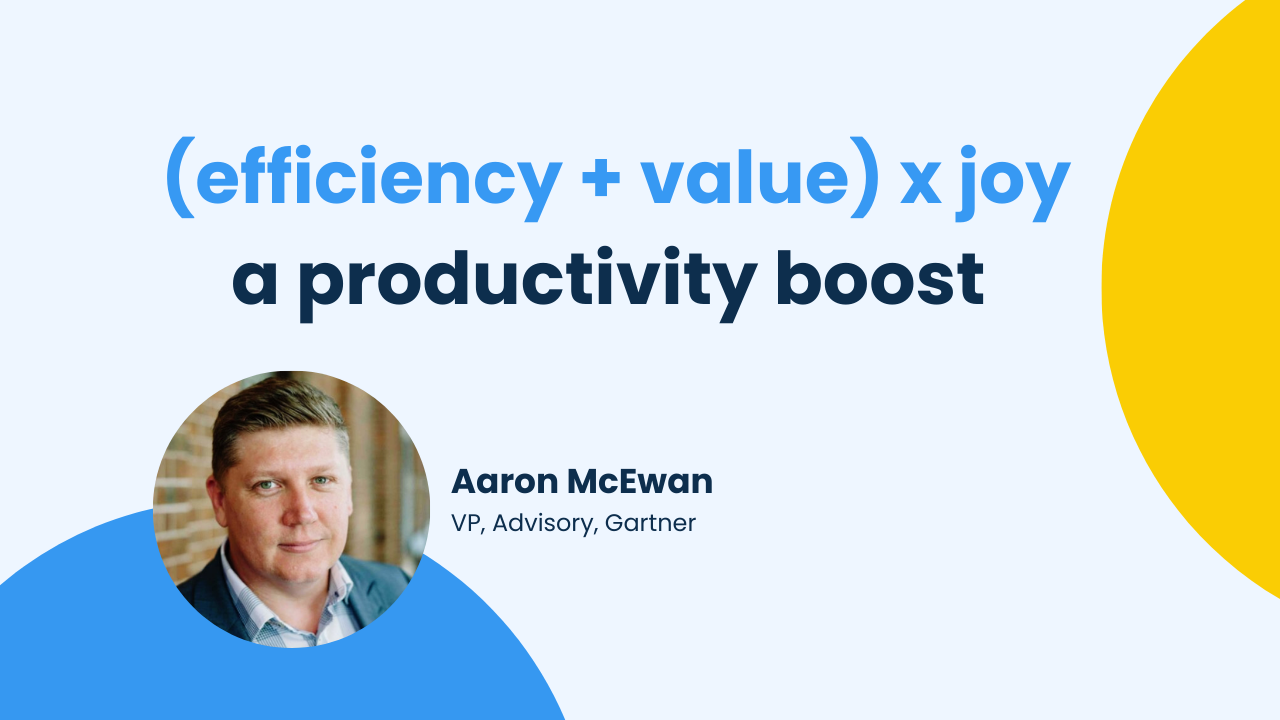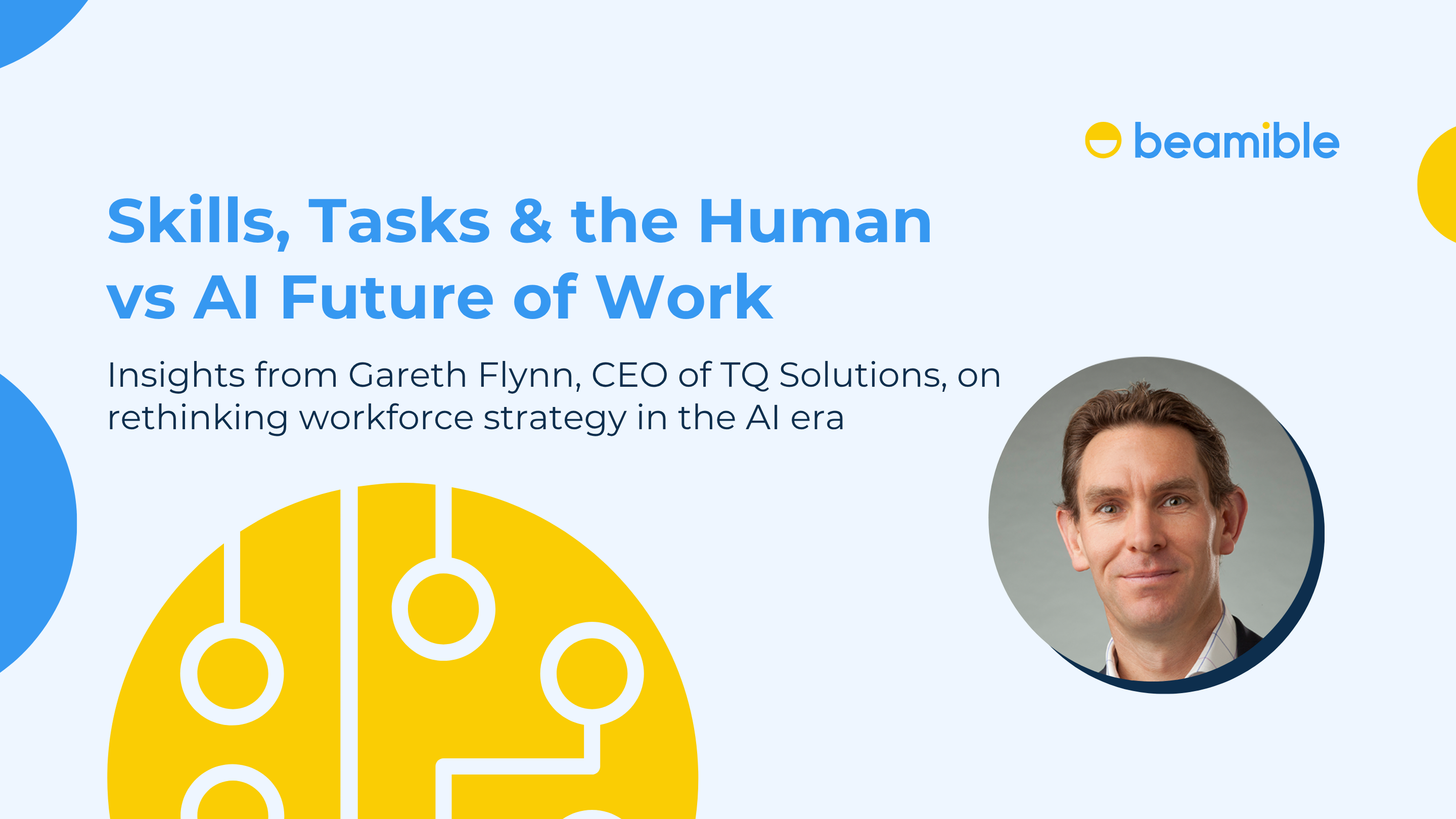When you’re a carer, work-life balance takes on a WHOLE new meaning. Or perhaps, more accurately, it becomes even harder to attain (if it ever was possible)! That’s why at Beam, we’re really passionate about providing part-time roles for carers.
So how does it work, balancing a job and caring responsibilities? For many people, says Danny Hui, it simply doesn’t.
He and his wife Jess are parents and carers for Monty who’s 6, at school and was born with cerebral palsy. Danny is also the founder of sameview, an app that helps carers connect the support crew for someone with a disability. When information is shared, kids like Monty are given their best chance for early intervention — and thriving.
Because he runs his own business, Danny can flex his hours, but he chats with many families that are forced to make pragmatic but incredibly tough choices when they become carers.
After you get a diagnosis, he says, for those in a couple, “each partner just basically puts their salaries on the table and compares them.” Whoever earns less will generally just quit their job and take on the entire care load. For single carers, the decisions are even harder.
It’s a poor outcome for many reasons, says Danny. Firstly, these are people who “really need their jobs.” Carers generally earn less. And caring costs more. So any decision that creates reliance on one breadwinner — or reduces income and superannuation — is problematic.
Then there’s the increased emotional pressure on both parties at a time when relationships are already strained. “One person feels like they’re missing out on a career, the other feels like it’s on them to stay in a job at all costs.”
In Danny’s case, he and Jess knew from the start that Monty (their third child) would have high care needs.
They both wanted fulfilling careers, so when they couldn’t see how to juggle the load, Danny quit his job immediately, despite being on track for a promotion (flexible leadership roles were not in the organisation’s vocabulary.) He started contracting as a way to maintain his salary, “work three days a week and juggle appointments.”
“I got the flexibility but I lost all of the job security.”
Jess started back at work part-time after maternity leave. She now works full-time (but manages her timetable to within an inch of its life to make sure she can make appointments).
So, how can employers support the amazing carers in our community? Danny has some great advice.
Be flexible, especially in the diagnosis phase
Learning about an illness or disability is a major life event. This isn’t the time for employers or carers to make big career decisions. If you give people time, says Danny, they “get more certain and confident about what kind of flexibility they need.”“If someone is going through that initial phase,” he says, “that’s a time for an employer to be extra supportive. The uncertainty doesn’t last forever.”
Understand the benefits carers bring
Carers are extraordinary. They’ve come through the fire and developed key strengths. They’re resilient, no nonsense people.“There’s not much you could throw at these people that they would find hard,” says Danny and they can adapt to new situations quickly. In other words, their experiences can make them amazing employees.
Take the time to listen
A good employer should understand what’s going on in an employee’s home life, says Danny. That way they can work out what kind of flexibility someone needs. Getting to work for a carer, for example, “isn’t the same as for other people! It’s just different.”
Obviously, too, genuine part-time and flexible work is essential to prevent more carers from dropping out of the workforce.
When you’re juggling medical appointments and a job and family life and quick changes in routines, standard full-time work is meltdown-inducing. Sometimes being a carer means co-ordinating about 30 people! Consider that mental load! This is exactly why Danny started sameview.
But given higher flexibility or reduced hours, carers will do “just as good a job as anyone else,” says Danny. If not better!





